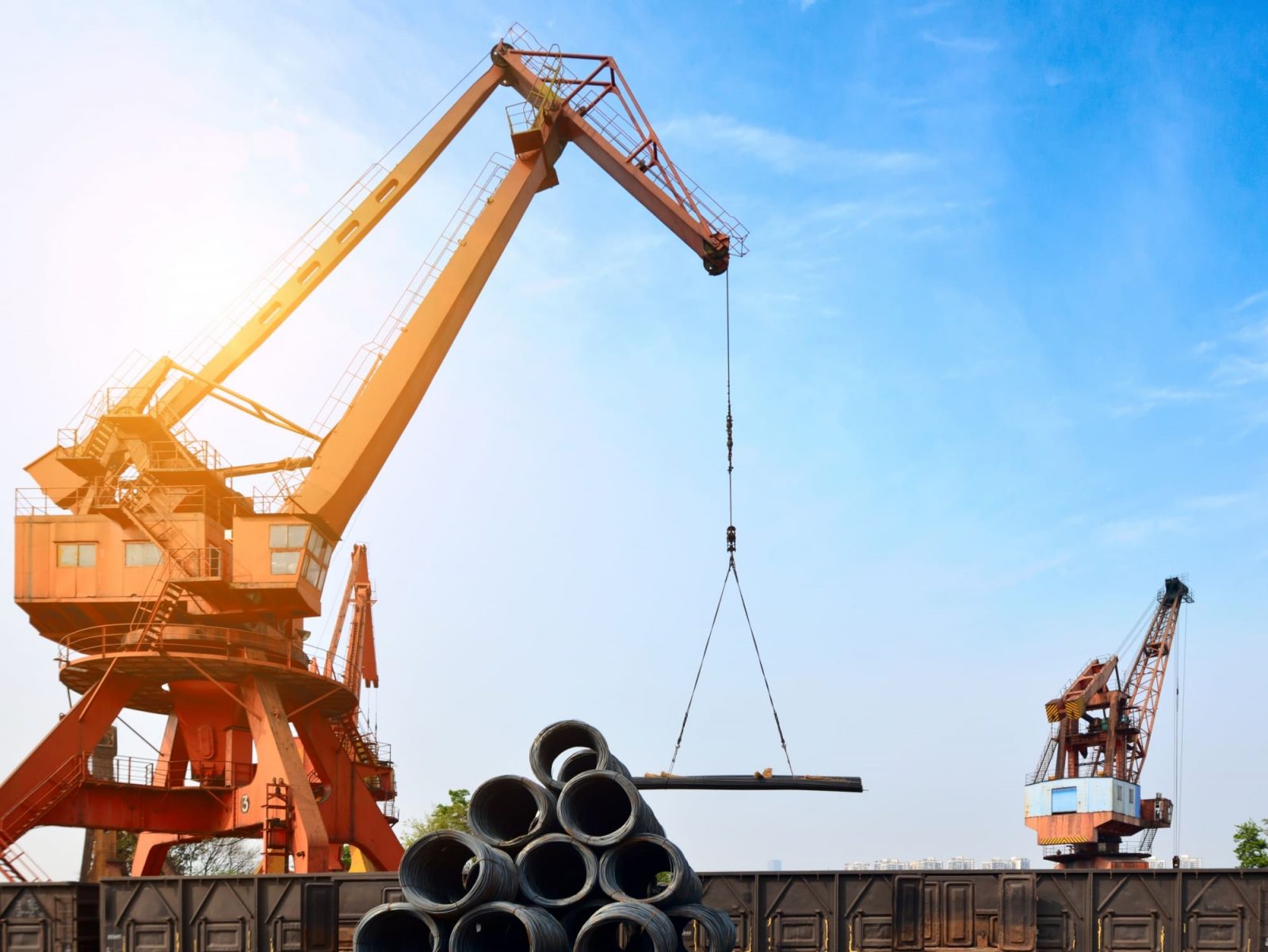At almost every construction site in New York City, cranes are used to lift and transport heavy loads. Depending on the type of crane, it can lift several tons which makes them a significant threat to construction workers and pedestrians when the safety regulations are disregarded. If you have suffered occupational injuries from a mobile crane, then a New York Construction Injury Attorney can help you file a claim and get the compensation that you deserve for your medical bills and suffering.
Mobile crane accidents are not uncommon enough. In an incident that occurred in New York, a large mobile crane collapsed when the construction workers were attempting to secure it during bad weather conditions. As the operator was in the process of lowering the boom, the crane malfunctioned and the boom fell on the street, killing one person and injuring three others. A tragic accident such as this one has triggered concerns over the safety of these cranes and hence the government has mandated certain safety measures to prevent future accidents.
Cranes are complex machines and hence here are some construction site safety regulations which need to be followed to avoid any possible occupational injuries: –
1. Travel
- When a mobile crane is moving from one job site to another or is traveling on the street or the highway, it must not be carrying any attachments, jibs, buckets or any other material attached to the boom.
- A mobile crane moving from one place to another with or without the load must not have the boom so high that it might bounce back over the cab.
2. Requirement of Capacity Chart
- Every mobile crane must have a capacity chart posed in the crane’s cab so that it is visible to the crane operator from his/her operating position. This chart shall set forth the safe load that the crane may carry or hoist at different boom angles, various boom lengths and radial distances.
3. Footing
- Each mobile crane must have a firm footing, whether by natural means or by substantial cribbing, timbers or other structural members sufficient to dispense the load within the safe bearing capacity of the underlying material.
4. Hoisting the Load
- At any new job site, the boom of the mobile crane must be test operated to its maximum height before any load is hoisted on it.
5. Use of Correct Sling
- When lifting a load using a mobile crane, always use the correct sling as failing to do so can lead to insecurely fastened loads which can cause serious or even fatal occupational injuries.
6. Unauthorized Operation
- Locking bars and ignition locks must be provided in the mobile cranes so that unauthorized operation can be prevented. At the time when the operator is not present, the crane must be locked.
- When in operation no unauthorized person should be present inside the cab or around the mobile crane.
Let a New York Construction Injury Attorney Help!
If you are someone who has sustained serious injuries in a mobile crane accident in New York, contact Siler & Ingber construction site attorneys. They will study your case thoroughly; research facts related to it and determine whether you have a potential NY crane safety claim based on your injuries. The team at Siler & Ingber is experienced and would give your claim the strongest chance of succeeding in court.

